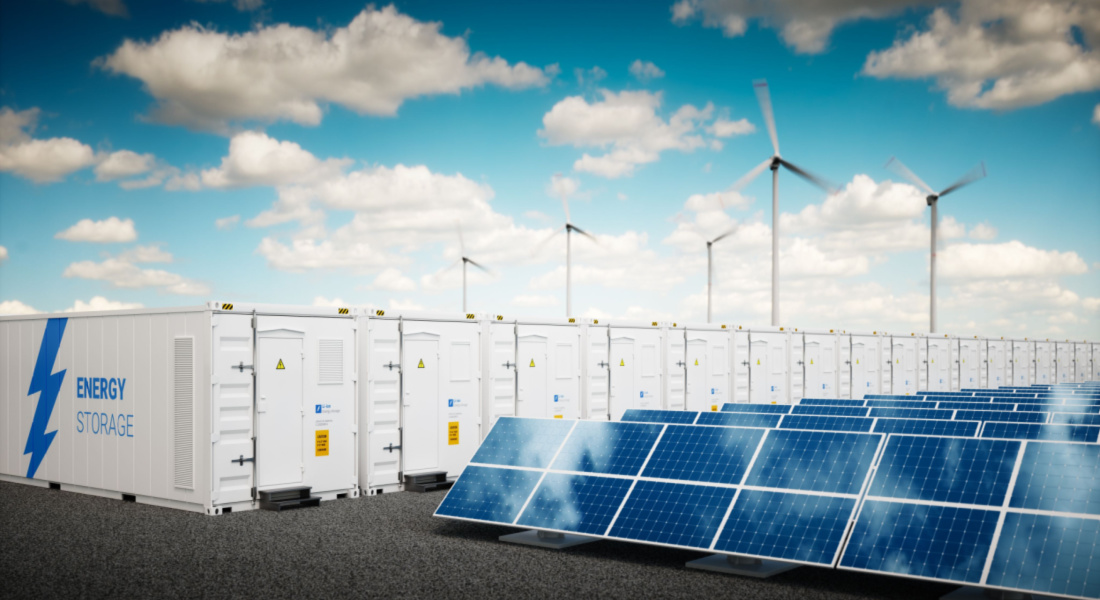
In 2019, New York State adopted the Climate Leadership and Community Protection Act (“Climate Act”) which sets the State’s ambitious goal of generating 70% of its electricity from renewable resources by the year 2030. This goal seeks to rely on new energy sources such as solar, hydroelectric, and wind generation to address the significant increase in the State’s demand for energy.
One of the key components to achieving this goal and facilitating the transition to cleaner energy is the State’s need to increase electric storage capacity. Traditionally, electrical energy distributed through the grid would need to be used immediately after being generated if there are no storage alternatives. In such situation, the capacity to generate electricity would need to be increased during peak times when demand is high, often times requiring the use of supplemental or “peaker” generating plants. The requirements that power must be used immediately and that electrical generating sources be ramped up, or down, to accommodate real-time demand has hindered the transition to renewable energy sources that rely on temporal resources, such as sun and wind.
Expanding the timing when electrical energy is available for use allows the grid to rely more on renewable energy sources. Storage provides a method for accessing solar energy at times when it is not being produced, thereby facilitating the storage of energy so that it need not be used immediately, and may be stored for later use when there is greater demand. This creates a more efficient, resilient electrical grid reducing energy waste and curbing the demand to generate supplemental power during high peak times, which likely would rely upon fossil fuels.
Energy can be stored in battery energy storage systems (BESS). These BESS deployments range in size from small structures affixed to the wall of a single-family home to larger facilities consisting of several structures – each about the size a tractor trailer. These BESS systems store energy for several different purposes, including redistribution to the grid when needed, or back-up power for private usage, or supplemental power for electric car charging stations. The BESS facilities address the growing electric power needs rendering the grid more resilient without needing to expand its on-demand capacity.
As BESS installations become more common, additional challenges may arise related to the zoning and siting of this equipment, especially when deploying larger facilities. The members of the experienced Land Use, Zoning & Development team at Cuddy & Feder are available to assist with navigation of the intricate local land use processes. We can help streamline the approval processes to facilitate the deployment of BESS technology in efforts to strengthen the ability of the grid to be more efficient, resilient, and affordable.

